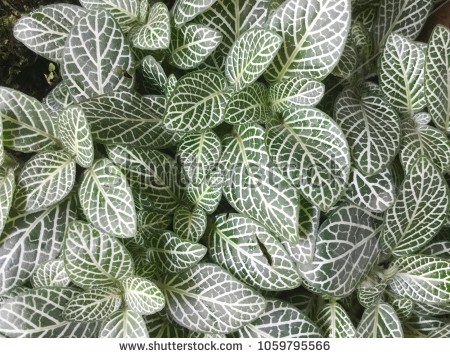Fittonia Verschaffrltii
(Fittonia Verschaffrltii)

Description
Fittonia verschaffeltii, commonly known as nerve plant, is a small tropical plant that is native to the rainforests of South America. It belongs to the family Acanthaceae and is prized for its vibrant, colorful foliage. In this article, we will explore the botanical characteristics, care requirements, propagation methods, and common problems associated with Fittonia verschaffeltii. Botanical Characteristics Fittonia verschaffeltii is a small, herbaceous perennial that typically grows up to 6-12 inches tall and wide. The plant has soft, trailing stems that are adorned with lush, oval-shaped leaves that are approximately 2-3 inches long and 1-2 inches wide. The leaves are characterized by their striking pattern of bright green veins that contrast against a pink, red, or white background, depending on the cultivar. The plant also produces small, inconspicuous flowers that are usually pink or white in color and bloom in summer. Care Requirements Light: Fittonia verschaffeltii prefers bright, indirect light but can also tolerate some shade. Too much direct sunlight can scorch the leaves, so it's important to protect the plant from harsh midday sun. Temperature: The ideal temperature range for Fittonia verschaffeltii is between 60-80°F. The plant can tolerate slightly cooler temperatures, but it's important to avoid exposing it to temperatures below 50°F. Humidity: Fittonia verschaffeltii thrives in high humidity levels, so it's important to keep the plant in a humid environment. You can achieve this by placing a tray of water near the plant or using a humidifier. Watering: Fittonia verschaffeltii prefers moist soil but is susceptible to root rot if overwatered. It's best to water the plant when the top inch of soil feels dry to the touch. Avoid letting the plant sit in standing water as this can lead to fungal infections. Soil: Fittonia verschaffeltii prefers well-draining soil that is rich in organic matter. You can use a peat-based potting mix or a mixture of peat and perlite. Fertilizer: You can fertilize Fittonia verschaffeltii every 2-3 weeks during the growing season with a balanced liquid fertilizer. Propagation Fittonia verschaffeltii can be propagated through stem cuttings or division. To propagate through stem cuttings, take a cutting that is 2-3 inches long and remove the lower leaves. Dip the cut end in rooting hormone and plant it in a pot filled with moist soil. Keep the soil moist and the cutting in bright, indirect light until it roots. To propagate through division, gently remove the plant from its pot and carefully separate the roots and stems into two or more sections. Plant each section in its own pot and water thoroughly. Common Problems The most common problem associated with Fittonia verschaffeltii is root rot, which is caused by overwatering or poorly draining soil. To prevent root rot, make sure to water the plant only when the top inch of soil is dry and ensure that the soil is well-draining. Fittonia verschaffeltii is also susceptible to pests such as spider mites, mealybugs, and aphids. If you notice any of these pests on your plant, remove them by wiping the leaves with a damp cloth or treating the plant with an insecticidal soap. In conclusion, Fittonia verschaffeltii is a beautiful and easy-to-care-for plant that can add a splash of color to any indoor space. With the right care and attention, this tropical beauty can thrive and delight you with its vibrant foliage.
Taxonomic tree:







